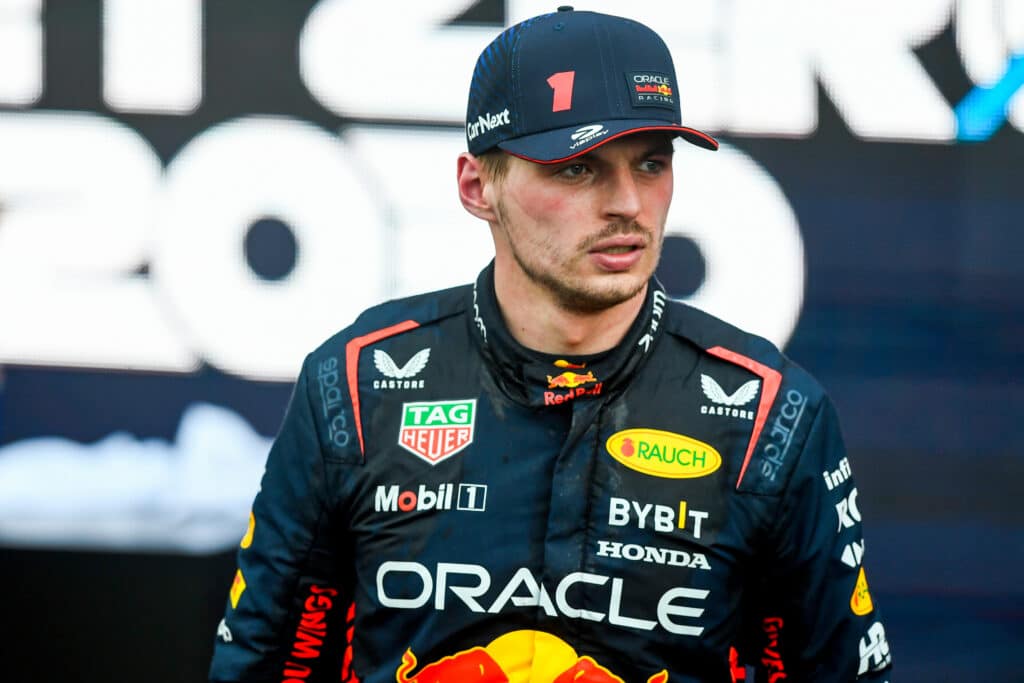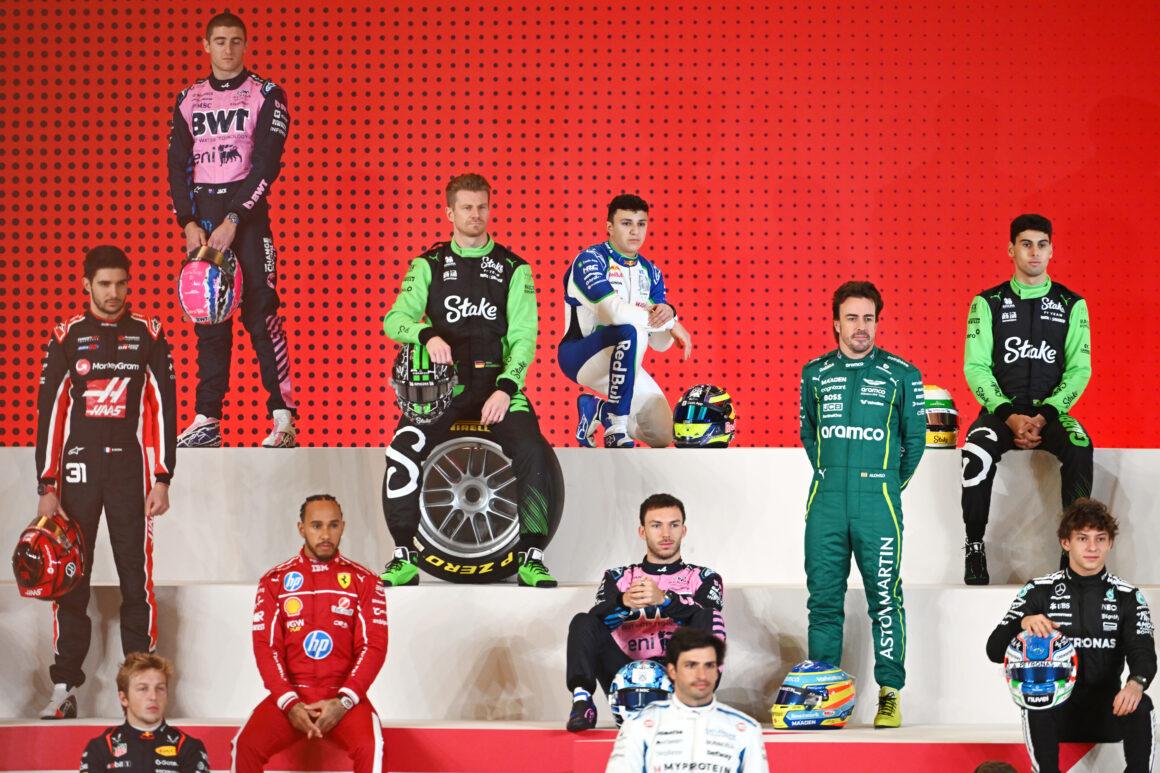Max Verstappen has recently pointed out that the heavier current generation of Formula 1 cars are responsible for a rather uneventful Azerbaijan Grand Prix. Last year, new regulations were introduced with the aim of improving the cars’ ability to follow each other better, thereby increasing overtaking opportunities. Although the technical rules largely achieved the desired impact in 2022, this season’s Bahrain and Saudi Arabian Grands Prix saw a decrease in overtaking numbers compared to 12 months ago, and the Baku race witnessed only 13 on-track passes.
While the shortening of the DRS zone on the start-finish straight by 100m contributed to the poor spectacle, Verstappen emphasized that the more cumbersome cars in the new era are the main reason why drivers are unable to follow closely. The move to ground effect aerodynamics, along with bigger wheels and wheel covers, led to the minimum F1 weight limit rising from 752kg in 2021 to 798kg in 2022, making the current formula of cars the heaviest in F1 history.
Downforce and Weight Affecting Overtaking
Verstappen explained, “I think the more downforce we generate – and that, of course, will always be every year – if you keep the rules the same it will be harder to pass.” He also mentioned that the weight of the cars makes it difficult to follow in low speed, resulting in bigger slides and increased overheating of the tyres. The reigning double World Champion also stated that the current machines have to be run considerably stiffer compared to when he debuted in 2015, making it harder to try different techniques and lines.
Red Bull team-mate Sergio Perez agrees with Verstappen that the increase in downforce the teams collectively found between the first and second year of the current regulations has had a significant impact on the ease of following behind another car. Perez also asserts that it was wrong to adjust the length of the first DRS zone at the Baku City Circuit based solely on the findings from last year’s race, as it is getting harder to overtake than last year already.
Leclerc and Sainz Raise Concerns About Turbulent Air
Charles Leclerc and Carlos Sainz have also expressed concerns that the increase in turbulent air emanating from the 2023 cars is contributing to less on-track overtaking. One of the primary goals of the new regulations introduced at the start of last year was to enable cars to follow more closely to entice more passing opportunities. However, overtaking has been drastically down in the same two events this year.
After the race in Jeddah, Sainz was outspoken in his concerns that an underlying problem from the old generation of cars has resurfaced. “In dirty air, these cars have got a bit worse compared to last year, probably adding downforce and the new regulations,” the Spaniard said. He further added that the dirty air is becoming a limitation and passing wasn’t easy. Leclerc agreed with Sainz and said that the topic of dirty air is likely to become a prevalent discussion point again based on the early evidence of F1 races in 2023.
Short-Term Solutions and Beyond
Ferrari’s driver pairing weren’t the only ones to register negative thoughts on the matter after the race in Jeddah. Verstappen, who managed to fight back from 15th place to second, highlighted that he could gather the impact dirty air had on his RB19 when following other cars through high-speed corners. The German outlet AMuS has suggested that one possible short-term fix would be to extend the DRS zones at other circuits until an alternative longer-term solution can be identified.

